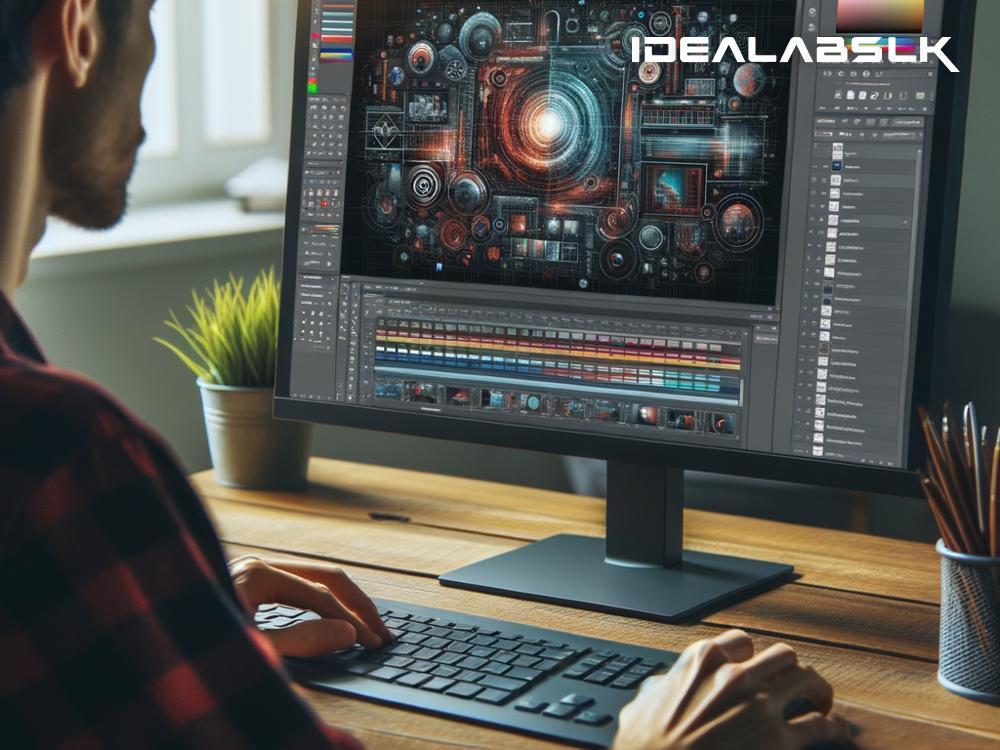How to Learn Photoshop: A Step-by-Step Guide for Beginners
Photoshop, Adobe's powerhouse graphic-design and photo-editing software, can seem like a daunting tool for beginners. With its countless features, intricate interface, and professional output, diving into Photoshop might feel like trying to learn a new language. However, breaking down the learning process into manageable steps can make it accessible, even for those who have never ventured into graphic design. Let’s explore a step-by-step guide to learning Photoshop, designed especially for beginners.
Step 1: Familiarize Yourself with the Interface
First things first, open Photoshop and take a moment to look around. The workspace might seem overwhelming with its various menus, toolbars, and panels but taking the time to familiarize yourself with these components is crucial. Pay attention to the Tools Panel on the left, the Options Bar at the top, and the Layers Panel on the right, as these areas contain the most frequently used features.
Step 2: Learn the Basics of Layers
Layers are fundamental in Photoshop; they let you work on different elements of your image separately without altering the original picture. Think of layers like transparent sheets stacked on top of each other where each sheet can hold different images or effects. Start by practicing adding, deleting, and modifying layers. This understanding serves as the foundation for virtually all your future Photoshop projects.
Step 3: Master Basic Tools and Techniques
Now, it's time to get your hands dirty and start experimenting with basic tools. Start with the Move Tool to reposition elements, then try the Brush Tool for freehand drawing. Don’t forget the Crop Tool to adjust the composition of your images and the Eraser Tool to remove unwanted parts. Practicing with these tools will not only build your confidence but also help you understand how layers interact with each other.
Step 4: Experiment with Color and Textures
Color adjustment is a powerful feature in Photoshop that can dramatically change the mood of your images. Begin by experimenting with simple adjustments like brightness and contrast, and then move on to more complex techniques like Color Balance and Hue/Saturation. Similarly, playing with textures can add depth to your work. Try applying different textures from the internet or create your own using various filters and blending modes.
Step 5: Dive into Photo Editing Techniques
Photoshop shines brightest in photo editing. Start with basic retouching techniques such as red-eye removal, blemish healing, and teeth whitening using the Spot Healing Brush Tool and Clone Stamp Tool. As you become more comfortable, you can explore more advanced techniques like frequency separation for skin retouching or using adjustment layers for non-destructive editing.
Step 6: Explore the World of Compositing
Compositing is the art of combining various photographic elements into a single image, and it's where Photoshop’s magic truly happens. Begin with simple projects like swapping skies or adding an object to an image. These exercises will teach you the importance of matching lighting, perspective, and scale to create realistic composites.
Step 7: Use Tutorials and Projects
One of the best ways to learn Photoshop is by doing. There are thousands of free tutorials online tailored to beginners. Pick a project that excites you, whether it’s creating a poster, designing a website mockup, or editing a portrait, and follow along with a tutorial. Applying what you learn to real projects not only reinforces your skills but also keeps you motivated.
Step 8: Practice Regularly and Be Patient
Like any skill, becoming proficient in Photoshop requires time and practice. Set aside regular practice time and challenge yourself with new tools and techniques as you progress. Remember, every expert was once a beginner, so be patient with yourself.
Conclusion
Learning Photoshop can be a highly rewarding journey, unlocking the doors to creative expression and professional opportunities. By following this step-by-step guide, beginners can steadily build their skills from the ground up. Remember, the key to mastering Photoshop lies in understanding its fundamental concepts, regularly practicing, and most importantly, enjoying the creative process. So, fire up Photoshop and start your creative adventure today!

